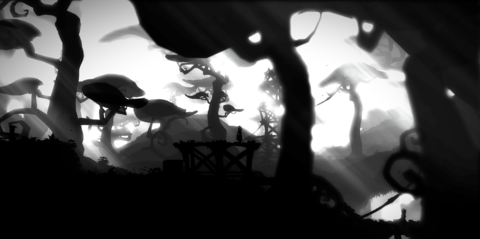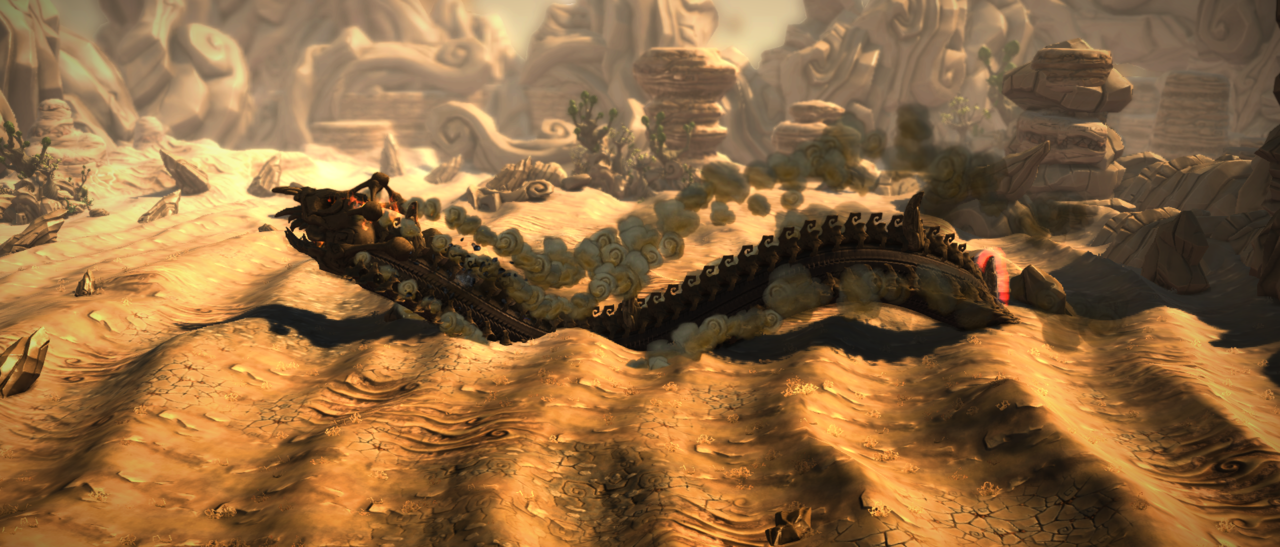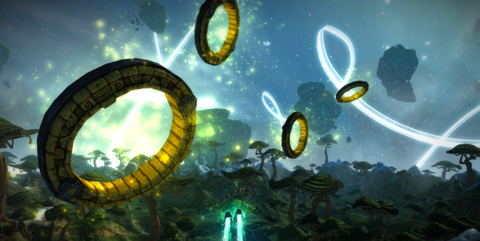I burst with creative energy, and I long to make the places and people of my imagination a digital reality. I've long been able to release the poetry of my mind in the form of the written word, or as a musical composition, but designing worlds and games has long been beyond my grasp. Without the time and energy I'd need to devote to learning comprehensive game design tools, I've always figured the places I explore in my mind are destined to remain there. I've dabbled in Sound Shapes, Little Big Planet, and Spore Galactic Adventures, but I've always longed for a tool that bridges the gap between those games and the more powerful design software the pros use.
Project Spark might be the key that unlocks my brain at last, though I am not sure whether that is a proud declaration or a dire warning.
Fallout 4 Next Gen Update Comparison Stellar Blade - Hard Mode No Damage Gigas Boss Gameplay Stellar Blade - Hard Mode No Damage Abaddon Boss Gameplay Stellar Blade - (Almost) All Outfits Granblue Fantasy: Relink - New Content Trailer Modern Warfare III - New Season 3 Reloaded Modern Warfare Zombies Update River City Girls 2 - New Playable Characters DLC Reveal!! That Time I Got Reincarnated as a Slime ISEKAI Chronicles – Official Announcement Trailer MEGATON MUSASHI W: WIRED – Official OP “MUSASHI English Ver.” Trailer Gothic 1 Remake | Official Collector's Edition Trailer SaGa Emerald Beyond – Official Launch Trailer Paper Mario: The Thousand-Year Door – Official Switch Overview Trailer
Please enter your date of birth to view this video
By clicking 'enter', you agree to GameSpot's
Terms of Use and Privacy Policy
I spent some time molding a world and playing with the game's logic formulas this week. If you've never heard of this free-to-play creation tool, a quick primer: Project Spark is a cross-platform game-creation utility and gameplay engine that allows you to create all manner of games and worlds, and then play your designs and share them with others. The game doesn't dump you head first into the deep end of the pool without throwing you a lifeboat, however. Crossroads mode helps you keep your head above water, leading you through a number of parameters so that you have a structure to work with.
My time limit: thirty minutes. I had thirty minutes to make something I could take pride in.
Will Project Spark be an amazing creation tool for making games that aren't fun to play?
And thus my desert dystopia began. First up: choose a landscape. I wanted visual drama, and "hills" and "canyons" didn't sound theatrical enough. "Mountains," though… cragged peaks were something I could work with. After making my selection, the environment took shape as if God had swabbed his paintbrush across the screen, and I contemplated my next step: choosing a climate. The arctic is grand, and forests are fine, but I was drawn to the warm hues of the mountainous desert, especially after I chose "evening" as the time of day. I could perform some top-level tuning here with just a few presses of the D-pad, so I played with water levels and sun placement. I raised the ocean level and lengthened the shadows, which turned my floating island into a mysterious uncharted paradise.

Next up: choosing a character to control. Among my choices were a goblin bruiser and a human fighter, but I wanted contrast. Perhaps a goblin would look more at home on this dusty island, yet it was the yeti that intrigued me most. How would this creature come to make a desert his home? I dug into the character studio to see how I could personalize my yeti. I could have given him a bow, or put an apple in his hand, but instead, I picked out a castle tower, miniaturized it, and stuck it on his head. Then it was time to choose a genre, and I went with a third-person brawler. My yeti was a bruiser, and I wanted to see him get into some fisticuffs.
Before I could fight, however, I had to throw some goblins and warriors into the world. I admit I faced a learning curve as I fumbled with the Xbox One controller, trying to figure out what button did what. It wasn't hard once I got a feel for it, but Project Spark makes a single controller do a lot of work. I painted a field with flowers, did a little terraforming just for the sake of it, and went into test mode to see what it was like to navigate this desert that barely rose above the sea. The first thing I noticed when playing was that the brawler template wasn't quite what I needed, so I changed the main template to a third-person action game view and led my yeti into danger.
The act of playing Project Spark, at least as a third-person action game, wasn't nearly as satisfying as creating my world. As I bounded around and swam across the water, the camera got stuck in difficult places and my yeti's animations wavered uncomfortably as I moved from water to land and back. Once I reached the goblins, I hammered on them with my fists, but there was no real sense of impact. Of course, given time, I could create a world that takes the tool's foibles into consideration, but the joy of creation didn't translate into the joy of interactivity. And I wondered: will Project Spark be an amazing creation tool for making games that aren't fun to play?

It's not yet for me to say, though it's a suspicion I've had previously when seeing Project Spark in action. But I didn't have time to ponder at this point: there was more work to be done. It was time to dig into brains.
Brains are the root of your creation's logic. They determine how the world and its inhabitants respond to your interactions, and there are plenty of pre-determined brain palettes that you can choose from if you want to keep things nice and simple. But I wanted a healer companion, and the only way to make one was to slice open his brain. To do so, I chose one of the warriors I had previously dropped in, and adjusted his behavior. First, I chose a pre-determined "follower-healer" brain. Then, I tweaked the brain settings so that my medic would heal me when I had less than 75% health. And then I stood, for it was time to get Kinect in on the act.

Using the Kinect camera, I could record my own pose and voice-over and then assign the resulting animations to my healer. After I saved my animation, I assigned it to my healer so that he would perform my handmade animation every time he mended my wounds. This sounded like a good idea, but in actuality, it looked pretty awkward, and the Kinect didn't respond to any physical subtleties. At least my healer did what he was supposed to do, following me around and giving me a boost when I needed it. I also tweaked the teams, so that goblins would be on one team and fighters on the other, and then stood back to watch them fight each other while I marveled at my own ingenuity.
My final bit of brain surgery involved my own beloved yeti. A yeti is one thing, but a colossal yeti is another thing entirely. I set up my yeti's brain so that he would grow twice as tall with the press of a bumper, and made it so that my foes would fall in a single punch. This took a bit of finagling, however, using brand new lines of "code" and digging through Project Spark's many circular menus to establish what button I would press to grow, how tall I would grow, and how much damage my attacks would do while grown. But then I needed to consider how to make Mr. Yeti small again, and how to keep his attacks from doing so much damage.
Alas, my demo was coming to a close, and I was left to contemplate all the ideas that would have to wait for another day. I'm excited to see what magic I can make with Project Spark, and to see what grand adventures other players cook up. I'm not as excited to play them, though, as I am to analyze the inventive minds that concocted them in the first place. Nor was I that impressed with my own creation. Perhaps this is my first test as an amateur game designer: realizing that the incredible games I dream up in my head may always be better than my limited talents allow.

